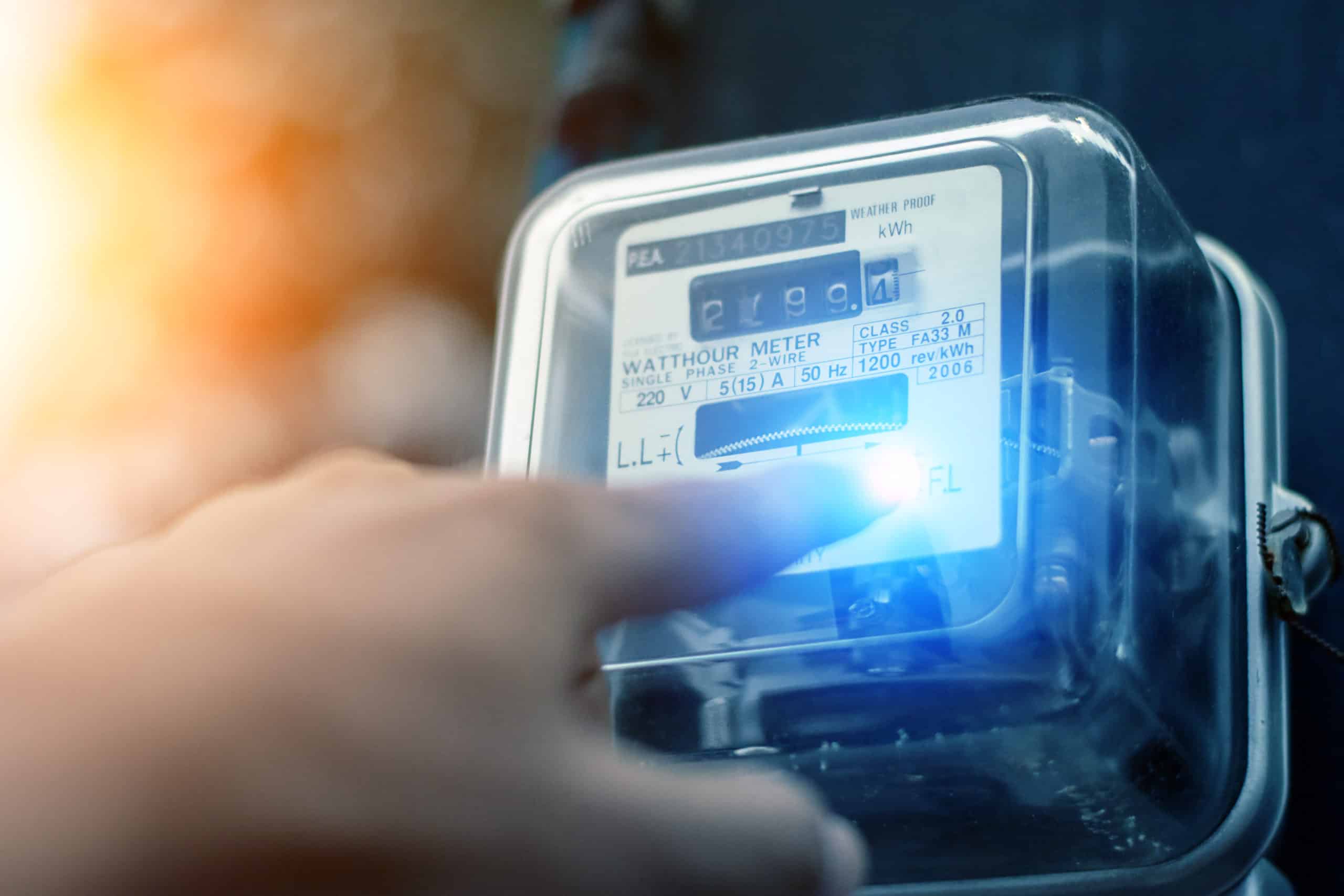Smart Meters – Their Critical Role for Energy Users in Mexico

Digitalization is touching every aspects of our daily lives including energy. The energy industry has been virtually unchanged for 80 years and is now embracing digital technology as part of the transition into a decentralized energy consumption model where customers can manage costs more effectively.
The digitalization in the energy industry, within the electricity spectrum, has translated into an improvement in the safety, productivity, accessibility, and sustainability of electricity systems in Mexico and around the world through the development of smart grids.
What is a smart grid? A smart grid is the set of controls, computers, automations, new technologies and equipment working together to digitally track and respond to rapid changes in electricity demand at the point of consumption. Some of the benefits of a smart grid are:
• Greater efficiencies in electricity transmission
• Reduction in electricity costs through the decrease in operations and management costs for utilities and reduced peak demand
• Facilitate the integration of renewable generation and small-scale generation systems
• Greater security
There is a common misconception regarding smart grids, as some believe that smart grids mostly benefit large-scale utilities and generators. Smart grids give small and large end-users alike control over their energy consumption and costs because it provides the information and the tools to make smart decisions about how electricity is being consumed in real-time and can help end-users to save money. This access to real-time information is achieved through smart meters and tools and apps on a phone or computer.
Smart meters are largely considered as the cornerstone for future smart grids and are being deployed all over the world at an increasing rate. It is estimated that the total number of smart meters installed worldwide range between 740 and 820 million by the end of 2020 with Asia having at least two-thirds of the total number of smart meters installed by the end of this year. The number of smart meters being installed is expected to increase by 6% in the coming years.
The implementation of smart meters in Mexico is lagging behind other countries although it is faring better than many other Latin-American countries. According to PRODESEN 2019-2032, 2 million smart meters had been installed in Mexico by the end of 2018 which represents 4.54% of the total number of meters in Mexico. CFE’s goal is to have circa 6 million of smart meters by the end of 2022 and 25 million smart or digital meters by 2025. It is clear that CFE will struggle to meet these expected targets of smart meters installed despite compliance with Código de Red. Currently, the new meters being installed as part of the migration away from CFE Basic Supply having spurred the implementation of smart meters in Mexico amongst commercial and industrial (C&I) end-users.
In this scenario, C&I end-users, who have been early adopters of smart meters or are taking the necessary steps to comply with Código de Red, can benefit from a competitive advantage over their competitors. The reason is that these end-users can have a better knowledge of their energy consumption and costs and devise strategies or implement measures to reduce cost and consumption through (1) energy efficiency programs, and/or (2) by optimizing their consumption of electricity.
Acclaim Energy Mexico has always stressed the importance for all types of end-users to gain a more in-depth knowledge of their energy consumption and costs. The implementation of smart meters and the use of technological solutions for strategic energy management can help achieve them. This translates into companies seriously considering the implementation of a full digital solution to manage energy. In this context, we advise the following for the implementation of any digital solutions. This roadmap is:
• Link these digital solutions to company strategy. Strategic energy management solutions and implementation thereof must be an integral part of any successful business strategy
• Establish clear priorities for digital capabilities to be considered, developed, and implemented
• Understand the impact of the implementation of these solutions at organizational (people, governance, structure), and operational levels (e.g. infrastructure, data security)
While many public and private companies are undertaking this initiative, you should be aware that the process is not easy but well worth the return financially and operationally. No matter how you view the future of energy, digitalization has and is becoming an increasing part of managing energy strategically and effectively. It is because of the emergence of Artificial Intelligence and other technological advances that companies with large usage and multiple facilities are looking at energy management more holistically with the support of trusted and knowledgeable advisors.
If your company is beginning to explore practical solutions by using digital technology to improve your energy profile, be careful to avoid converting the entire enterprise at one time but look to ensure you integrate your digital strategies with your corporate goals. To implement a program of this nature will require your company’s leadership, because you will need the support of all the different teams within your organization to meet key milestones and make the required investments along the way.
Do not let the emerging evolution in energy technology scare you, many have embraced the coming changes and have increased their savings, secured budget certainty, and increased their appeal to the financial community. Start now and gain that competitive edge you need to recapture your momentum in 2020.




